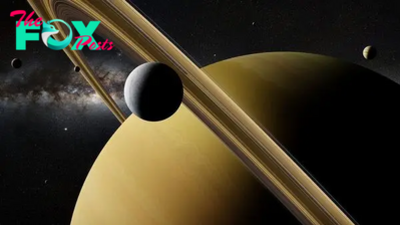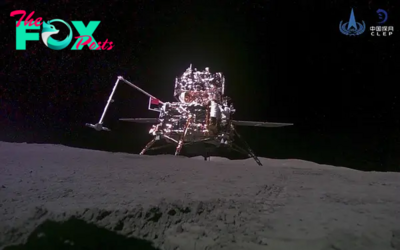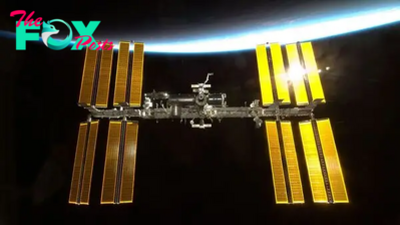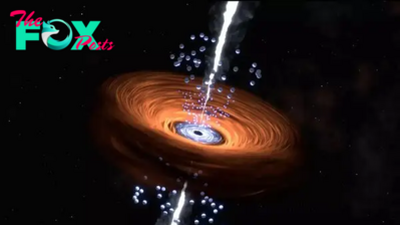Science
James Webb Space Telescope spies strange shapes above Jupiter's Great Red Spot
Using the James Webb Space Telescope (JWST), astronomers have found previously unseen structures and activity in Jupiter's atmosphere above the Great Red Spot. These odd features seem to be caused by powerful atmospheric gravity waves.
The Great Red Spot is the largest storm in the solar system, twice as big as Earth, and is believed to have been raging for at least 300 years, according to NASA. The winds of the Great Red Spot rage at around 270 to 425 miles per hour (430 to 680 kilometers per hour), up to 3.5 times as fast as a tornado here on Earth.
Yet, despite the storm's age, size, and power, scientists had actually suspected that the atmosphere of Jupiter above the Great Red Spot wasn't all that interesting. However, these new observations delivered by the JWST's Near InfraRed Spectrograph (NIRSpec) instrument, which observed the massive scarlet storm in July 2022, show that this assumption couldn't have been more wrong.
Related: Is Jupiter's Great Red Spot an impostor? Giant storm may not be the original one discovered 350 years ago
"We thought this region, perhaps naively, would be really boring," team leader Henrik Melin of the University of Leicester said in a statement. "It is, in fact, just as interesting as the northern lights, if not more so. Jupiter never ceases to surprise."
What secrets has the Great Red Spot been hiding?
Jupiter's upper atmosphere is the point at which the planet's lower atmosphere meets its magnetic field. This leads to bright northern and southern lights, powered by bombardment by charged particles from the sun and fueled by sprays of volcanic material erupting from the Jovian moon Io, the most active volcanic body in the solar system.
Jupiter may be one of the brightest objects in the night sky over Earth, easily seen in clear skies. Yet, apart from its northern and southern lights, the atmosphere of the solar system's largest planet only glows weakly, making it difficult for ground-based telescopes to see in detail through Earth's atmosphere.
-

 Science21h ago
Science21h agoHow many moons are in the solar system?
-

 Science1d ago
Science1d agoA Chinese Lunar Probe Returns to Earth With the World’s First Samples From the Far Side of the Moon
-

 Science1d ago
Science1d agoSpace junk: How broken satellites are creating a garbage crisis in the sky
-

 Science1d ago
Science1d agoShattered Russian satellite forces ISS astronauts to take shelter in stricken Starliner capsule
-

 Science1d ago
Science1d agoArgyle mine: Earth's treasure trove of pink diamonds born during a supercontinent's break up
-

 Science1d ago
Science1d agoBoiling rocks from Earth's crust tore an ocean into Mongolia 410 million years ago
-

 Science1d ago
Science1d agoNASA awards SpaceX $843 million contract to destroy the International Space Station
-

 Science2d ago
Science2d agoThis impossibly massive black hole wasn't very hungry during the dawn of time

















